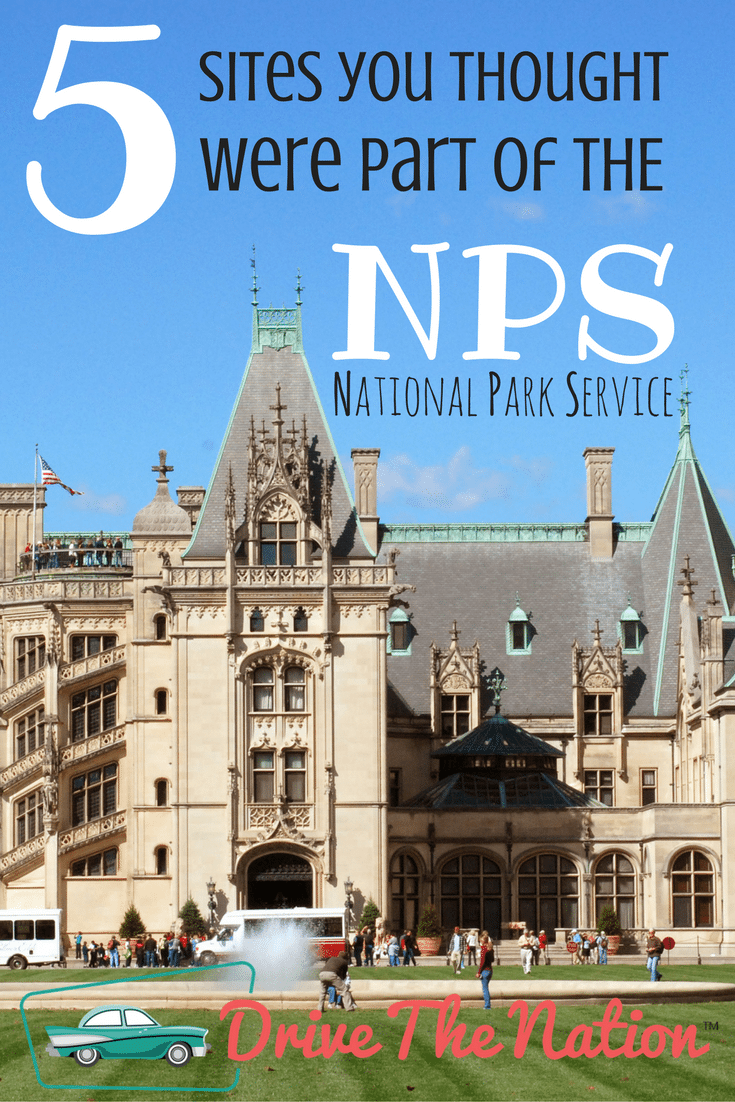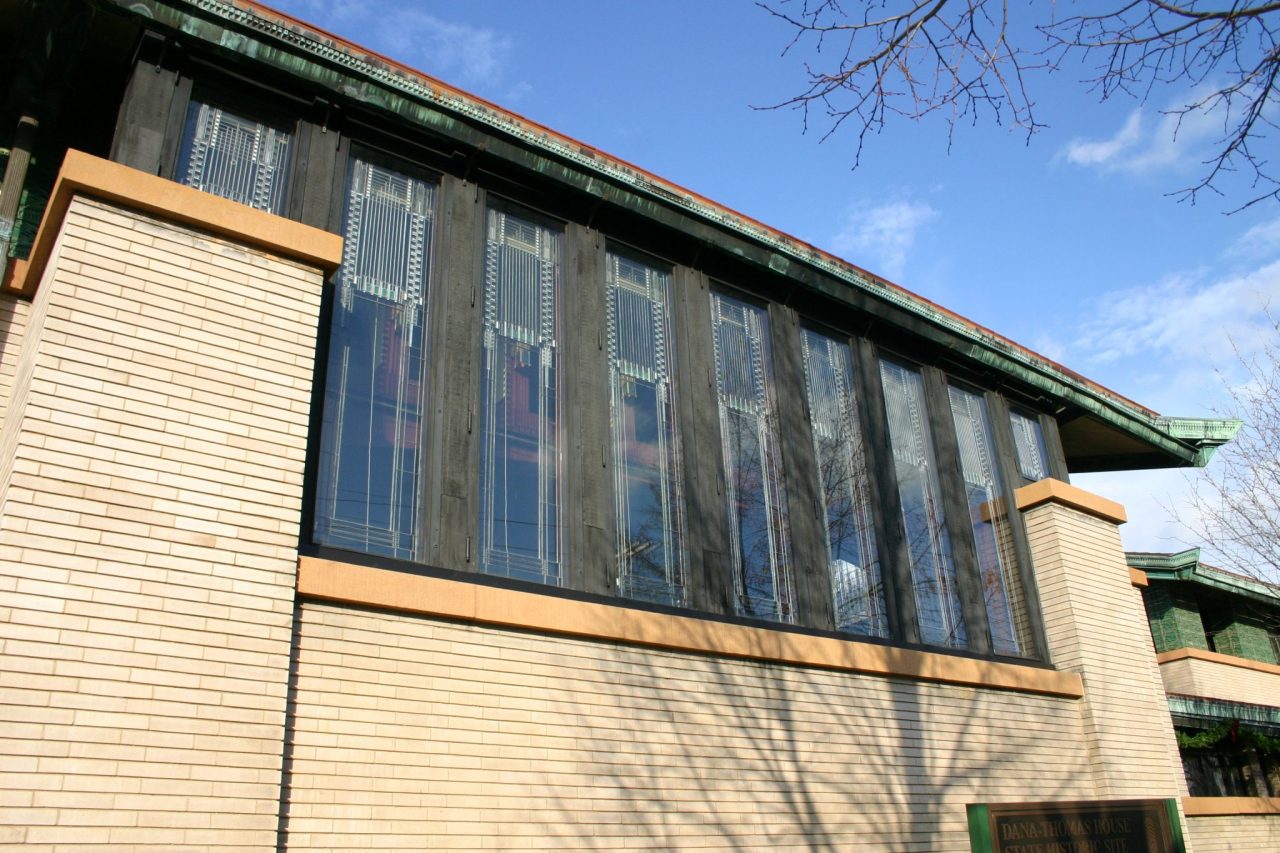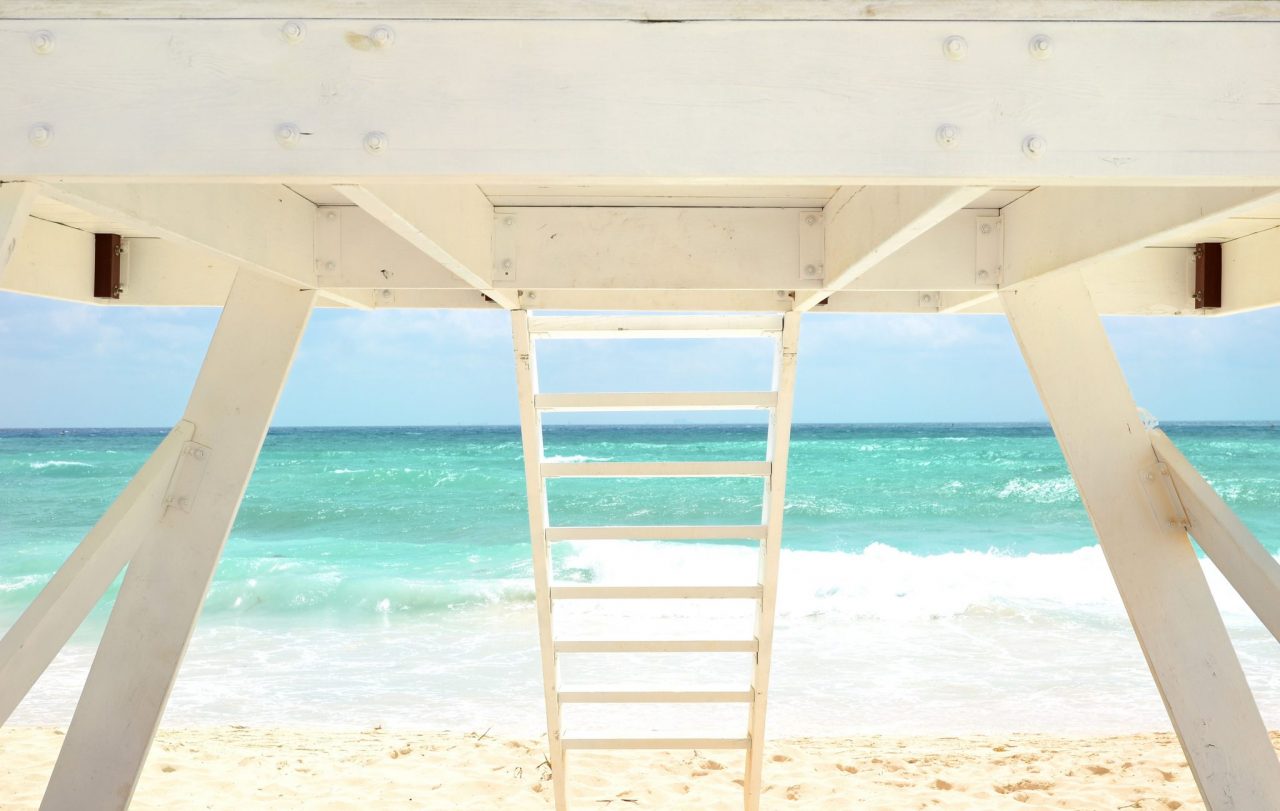The National Park Service has been celebrating the best in our nation’s historical and natural preservation with sites that are as magnificent as they are educational. However, some historical sites are little narrower in the frame of reference, either celebrating a famed scientist or a work of fiction that many people have loved for decades. Although they are not a part of the NPS, the certainly could be, and are still worth checking out on your next road trip.
1. Dorothy’s House & Land of Oz, Liberal, Kansas
The Wizard of Oz is one of the best known classic films in the entire world, having been nominated for six Oscars and being one of the most technically advanced films of its time. Fans of this beloved musical will be happy to know that you can visit Dorothy’s home from the movie, and even take a leisurely stroll through Oz, all without having to dive into a tornado.
This guided tour takes you through the historic home, which has been lovingly restored to perfectly reflect its screen debut, as well as a 5,000 square foot animated version of the Land of Oz. Along the way, guests are able to see actual pieces of the memorabilia from the film and learn about your favorite movie. For any die hard Wizard of Oz fan, this landmark is not to be missed!
2. Science Center at Wardenclyffe, East Shoreham, New York
For the uninitiated, Nikola Tesla was a genius and possible mad scientist that rivaled Albert Einstein. Although much of his ideas and innovation were claimed by Thomas Edison, Tesla is experiencing a large posthumous increase in fans thanks to the Internet finally celebrating his life and genius. His old New York laboratory, Wardenclyffe, which Tesla was using to try and develop what we would consider Wi-Fi back in 1901, has only recently been developed into a historical center.
Unfortunately, the inside of the 200-acre laboratory isn’t available to explore just yet. The building has been used as an industrial waste cleaning facility, and the owning board still needs time to make the lab safe. But from the outside, visitors can still pay their respects to the late genius; see his statue, which was donated by the Republic of Serbia, his homeland; and what remains of his visionary tower which at one time stood almost 200 feet tall. Hopefully, someday soon, Tesla enthusiasts will be able to see where this genius worked.
3. George Washington’s Mount Vernon, Mount Vernon, Virginia
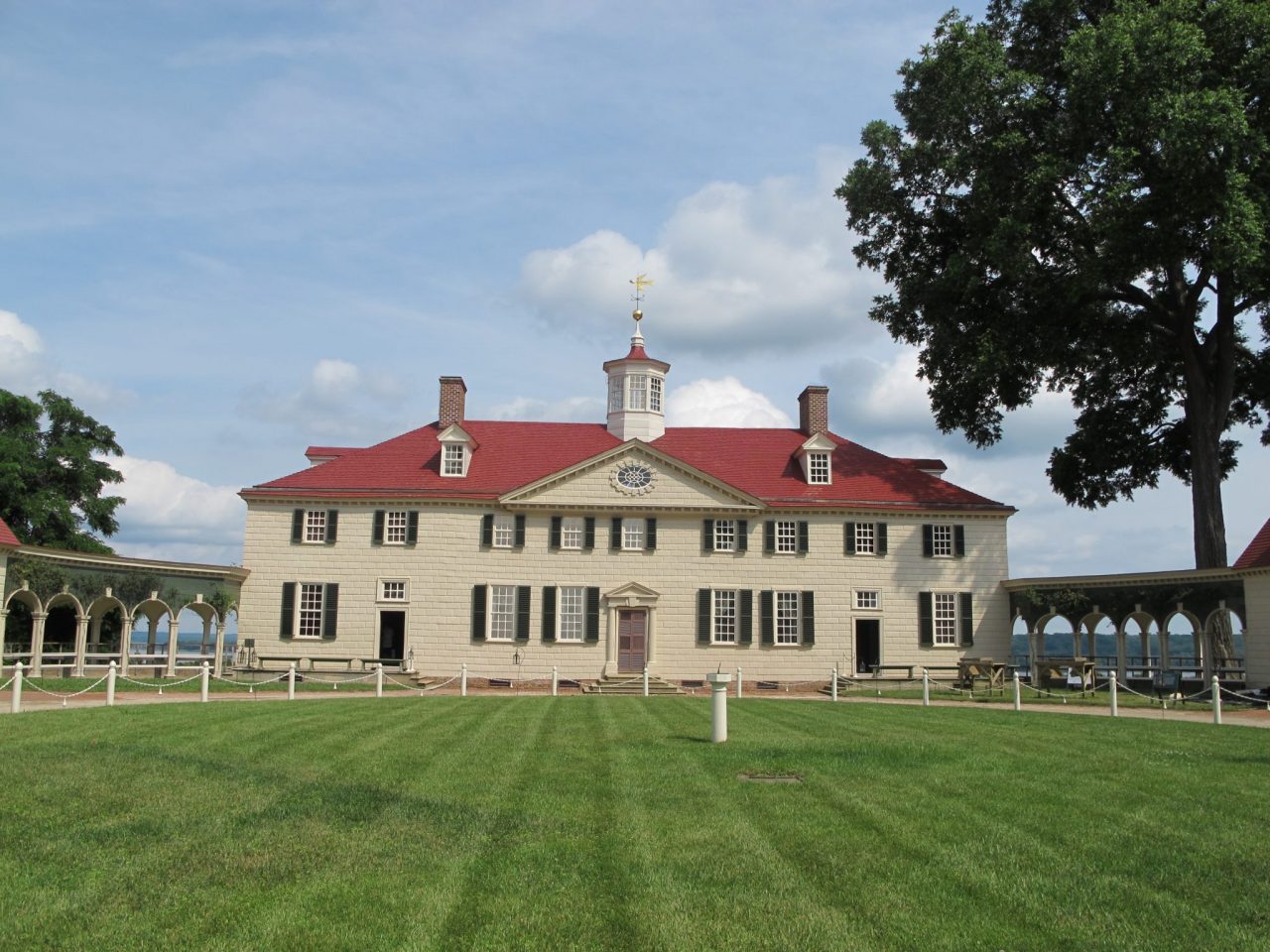
Although the NPS features Mount Vernon on its website, and infamously failed at shutting it down in 2013, the home of the father of our nation is actually privately owned. Funded by the Mount Vernon Ladies’ Association, the estate and surrounding walking trails of George Washington is curiously not operated by the National Park Service.
This informative and preserved historical site is the premier place to learn about our first president. The museum and historical center informs guests about every topic imaginable, from dispelling myths to the wars he fought in, his presidency, and even the slaves that worked the estate. Opened every single day, Mount Vernon is a huge slice of United States history.
Take a Sightseeing Tour in Virginia
4. Biltmore Estate, Asheville, North Carolina
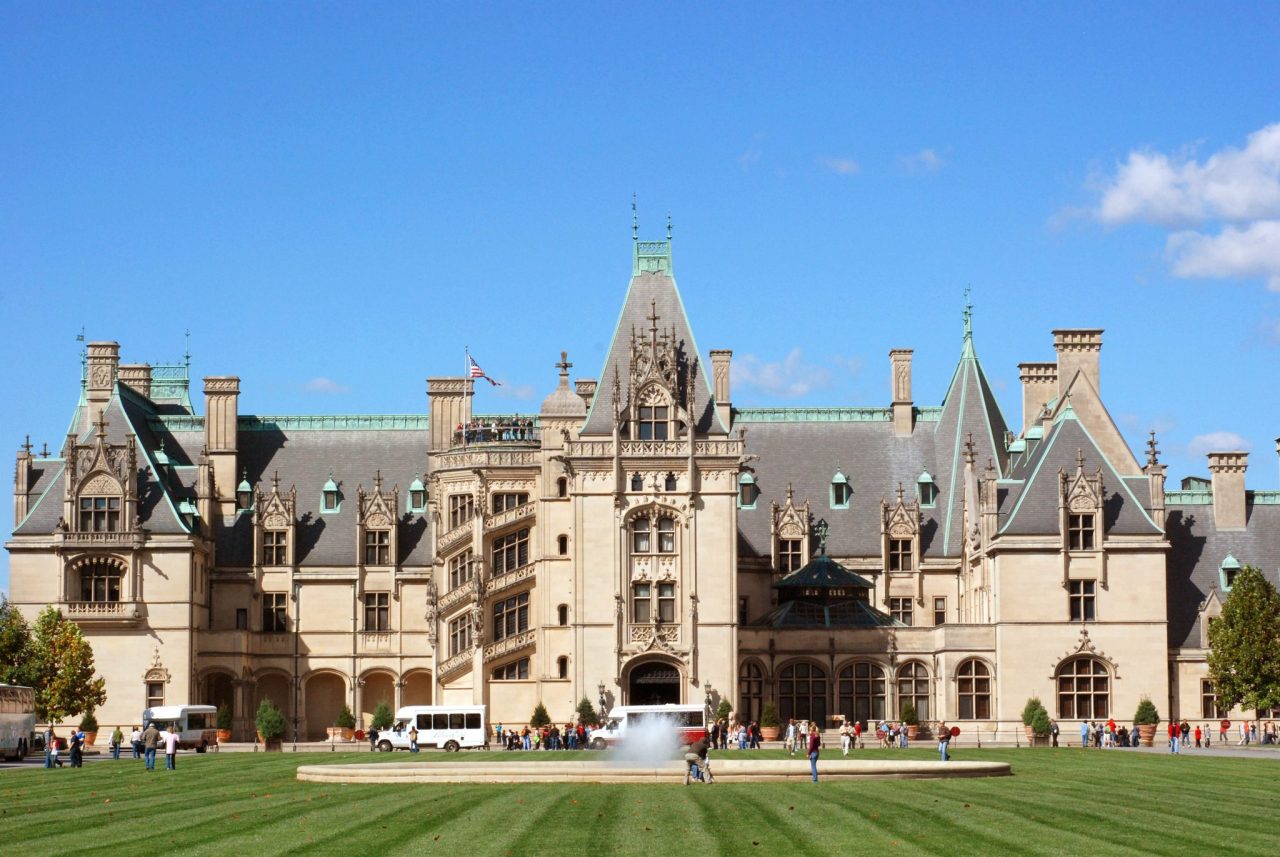
While the Vanderbilt family has moved away from railroads to more media-based fame, the family estate built by George Washington Vanderbilt II in the late 1800s is still standing and magnificent. Although it’s a part of the National Register of Historic Places, the sprawling 8,000 acre mansion is still privately owned by a living family member.
Inside and out, the estate is magnificent. A mansion holds its own winery, gardens, trails, and of course, a tour of the mansion’s interior. And as it is surrounded by the mountains and foliage, the landscape changes with each season and looks spectacular all year round.
Visit Asheville, North Carolina
5. Thomas Jefferson’s Monticello, Charlottesville, Virginia
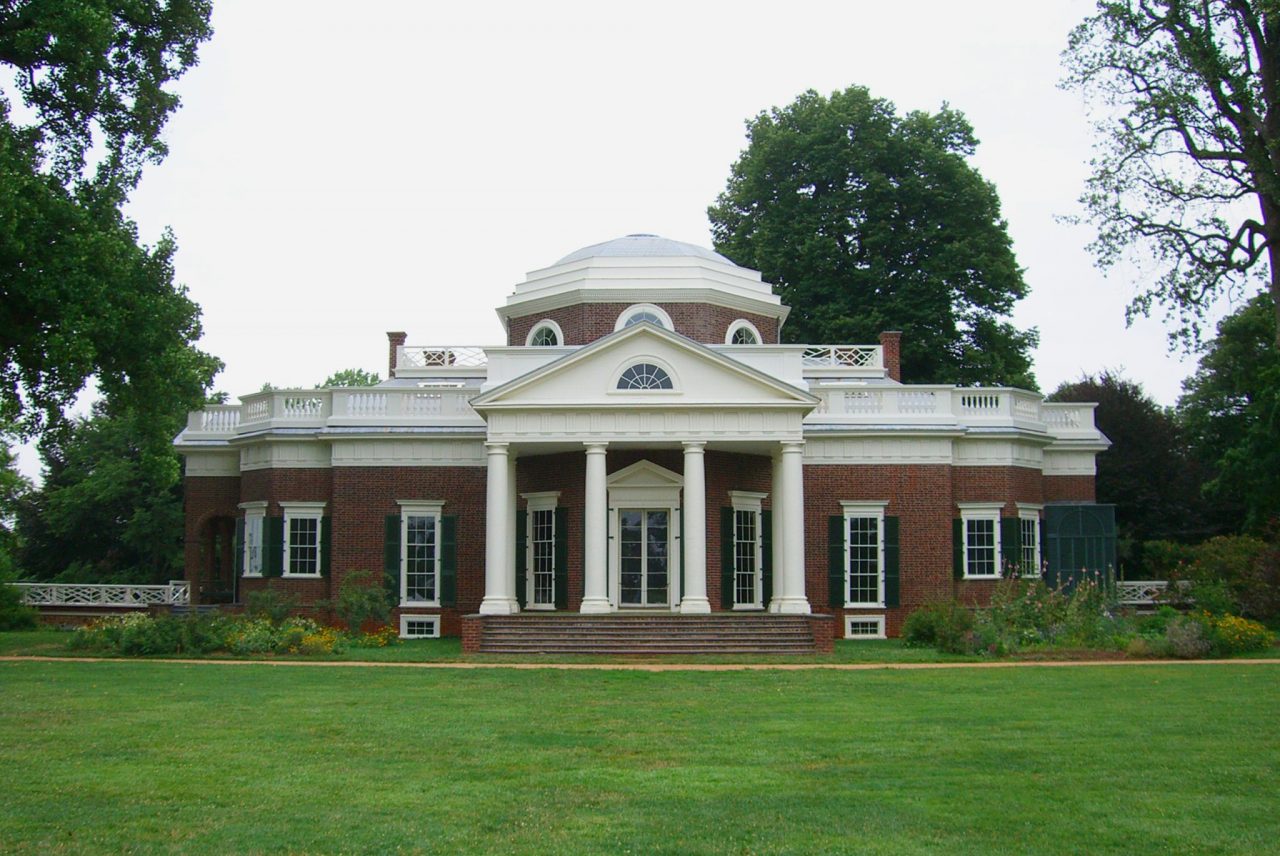
Another founding father’s home, Monticello is famous for being Thomas Jefferson’s 5,000 acre plantation. As Jefferson himself would probably be thrilled to know, Monticello is an educational hub that celebrates the history of the early days of our nation, historical plants that Jefferson grew, the surrounding outdoors, and the lives of the enslaved servants who brought Monticello to life.
Monticello is unique for combining typical historical site fare, such as tours and walking trails, with educational centers opened to modern-day scholars and educators. In addition to learning about Jefferson, you can learn from him with the foundation’s private library and historical collections. And if you’re planning a Founding Father’s road trip, Monticello is less than three hours from Mount Vernon.

